
Problems in shrimp farming usually occur during severe drought or heavy rainfall. Observations confim major losses occur mainly during periods of rainfall.
In the last two years, we have had droughts brought about by El Niño. The US Climate Prediction Center and the International Research Institute for Climate and Society have issued an announcement that there is a 60% chance of La Niña developing in the last quarter of 2016. In contrast to El Niño, with La Niña we will witness prolonged storms, heavy rainfall, heavier monsoons and severe winds resulting in more hurricanes and tropical storms. What does it mean and how will it affect shrimp culture in South East Asia?
The most dangerous phenomenon that can affect shrimp culture can be attributed to rain. In general when farmers recalled when they encountered problems, it was more often during the monsoon seasons. Major losses occur mainly during the rainy season. In 2016, we had hot weather for the fist 6-7 months and now the rainy season is coming. The La Niña effect can usually last for 2-3 years. How will excessive rainfall affect shrimp pond water parameters?
Rain has very serious effects on shrimp culture. Effects on shrimp include cramping, loss of appetite and reduced feed consumption, shrimp parking at the side of bunds (2-3 days after the rains) and black gills or dirty shrimp. From some observations and records, in south Thailand, shrimp mortality may range from only 2-3% to 50%. We gathered statistics and co-related the data to weather reports. There is no doubt that heavy rainfall can cause huge mortalities. However, the signs of impending mortality are usually minimal unless the farmer knows what to look for.
It is important that the farmer is aware of several direct and indirect effects of rain on water parameters in shrimp ponds. In this article, we discuss various direct and indirect effects of severe rainfall on shrimp culture (in no particular order) and elaborate in detail key points on how rainfall affects shrimp culture.
Direct and indirect effects
The direct effects on pond water are reduced temperature, oxygen, pH, alkalinity and salinity. Sound and wave disturbances increase, and rainwater flws from the bund into the pond.
The indirect effects are phytoplankton crash and organic material accumulation at pond bottom. There will be a sudden bloom in bacterial population after the water temperature returns back to normal. The agitation of the sludge layer exposes the anaerobic layer (black soil) and shrimp will be exposed to toxic hydrogen sulphide (H2S) gases
The results of these direct and indirect effects of rainfall are:
• Once all the above occur, oxygen is depleted and toxic gases such as H2S are released
• Recently moulted shrimp, which are weak become exposed to toxic gases and pathogens and succumb to infections
• Mortality may occur 2-3 days after a severe rainfall.
Temperature
During severe or prolonged rainfall and cloudy days, there will be less sunlight reaching the pond surface. Wind blowing across the surface of the pond can cause pond water temperature to drop by 2-3°C. The optimal pond water temperature should range between 30-31°C. When temperatures drop 1°C, feed uptake by shrimp typically drops 5-10%. Thus, a drop of 3°C can cause feed uptake to drop up to 30%. When water temperatures drop, feed becomes less palatable and shrimp being cold blooded are affected by external water temperatures.
Shrimp activity also slows down. They will move less and tend to gather at the pond bottom. This will drastically increase shrimp density at the pond bottom. When this happens, being naturally competitive, shrimp will experience more stress as they compete for limited oxygen and space.
As the water surface is cooler following the rains, shrimp will move towards the warmer areas in the pond which unfortunately is usually the sludge area. Here the shrimp become exposed to toxic H2S gas and pathogenic bacteria. In these areas, oxygen levels are normally low, but during a rainy period, oxygen levels may drop to zero.
During normal temperature flctuations, microbial activity increases with increased temperature which accordingly reduces the organic load. Once there is a sudden drop in temperature, microbes also reduce their activity. This leads to the accumulation of more organic material in the pond. When temperatures rise again after a few days, there will be a sudden massive bacterial bloom as there is a lot of organic material for the microorganisms to feed on. This will also take up more oxygen as the organic material is degraded in an already low oxygen situation.
Healthy Monodon Shrimp at DOC 173
Reduction in immunity
Heavy rainfall can cause pond water pH which usually is around pH 8, to drop. The pH of rain is usually around pH 6.5-7.0. Rain will directly drop pH by 0.3-1.5 in a very short period of time. This causes an immediate decrease in phytoplankton activity.
When pH drops, this causes the toxicity of H2S to increase. H2S is highly toxic at low pH. Shrimp will also be stimulated to moult under adverse conditions of low oxygen, increased density on pond bottom, increased H2S toxicity, low salinity and alkalinity. All these conditions combined increase the chances of moulted shrimp dying within 2-3 days after heavy rainfall. However, often this level of mortality is not noticed because the soft shelled dead shrimp are eaten by other shrimp.
Indirectly, farmers will only notice this occurrence when the average daily growth (ADG) is not improving. What is the key sign of this condition? When the feed uptake drops for 1-2 days after heavy rain, cannibalism occurs. Finally, the effect of the sudden pH shock results in lowered shrimp immunity.
Low dissolved oxygen
In a pond, there are usually two sources of dissolved oxygen (DO): from the aerators and from phytoplankton. During prolonged rainfall, plankton activity will slow down as there is less sunlight available. This is undesirable; even though shrimp activity decreases due to the changes in temperature, its oxygen requirement is still high or as per normal. DO is supplied by aerators and if the water is not mixed properly, pond water stratifiation/stagnation will occur. The layer of freshwater (stratifiation) on the surface of the pond makes it diffiult for oxygen to dissolve into the rest of the water body. DO levels can drop from 4 ppm to 2 ppm and then to 1.5 ppm in half an hour if action is not taken immediately.
Salinity and alkalinity
With dilution of pond water with rainwater, both salinity and alkalinity levels drop. In order for shrimp to harden their shell, it needs suffiient minerals (alkalinity) in the water to do so. When salinity drops very quickly, the moulted shrimp will not harden their shell in the usual amount of time. Cannibalism will occur leading to infection of the weakened shrimp.
The plankton population will also drop due to the low light intensity, low salinity and low pH. These changes impact on the microbial population in the pond; benefiial bacteria tend to die off allowing pathogenic bacteria to flurish. Also once alkalinity drops, pH will start to flctuate when the buffering capacity in the pond is reduced.
Sounds
The sound of raindrops tapping onto the surface of the water seems loud to us; imagine how deafening it is to the shrimp in the pond as water tends to amplify sounds. This causes a lot of stress to the shrimp. The shrimp will try to hide from the loud noises and retreat to the pond bottom. They are then exposed to low oxygen conditions, high densities, toxic gases and cold temperatures.
Waves caused by wind action
The sludge layer is covered by a thin oxygenated grey layer. Strong winds create waves which disturb this grey layer. This then exposes the anaerobic black sludge which releases various toxic gases such as H2S, ammonia, nitrite and methane. Water running off from the bund into the pond and flwing down to the pond bottom will also disturb areas with sludge accumulation and release toxic gases. On exposure to these toxic gases, shrimp become weaker and are prone to infections and diseases.
Source: Aquainfo - Soraphat Panakorn

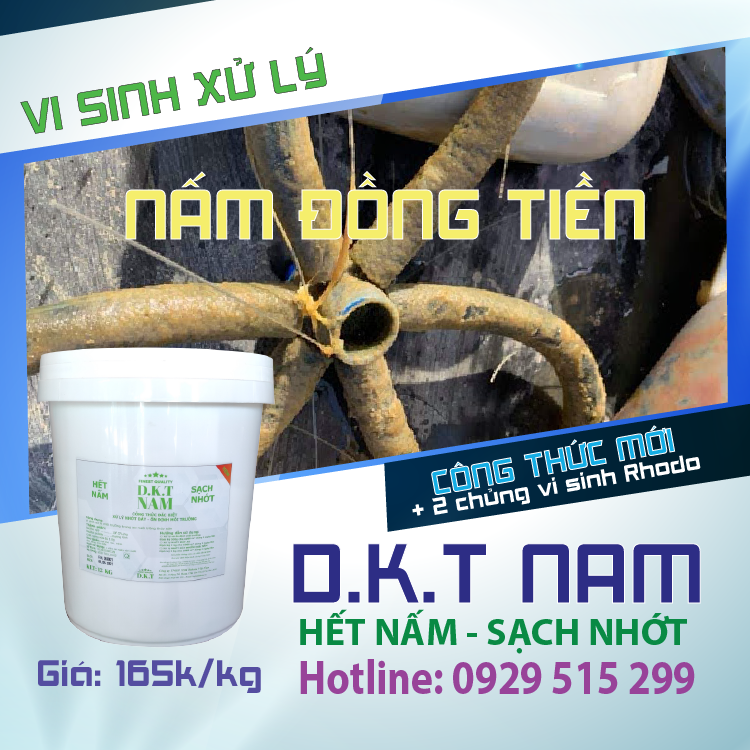
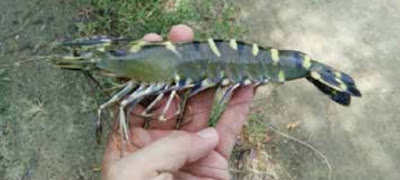

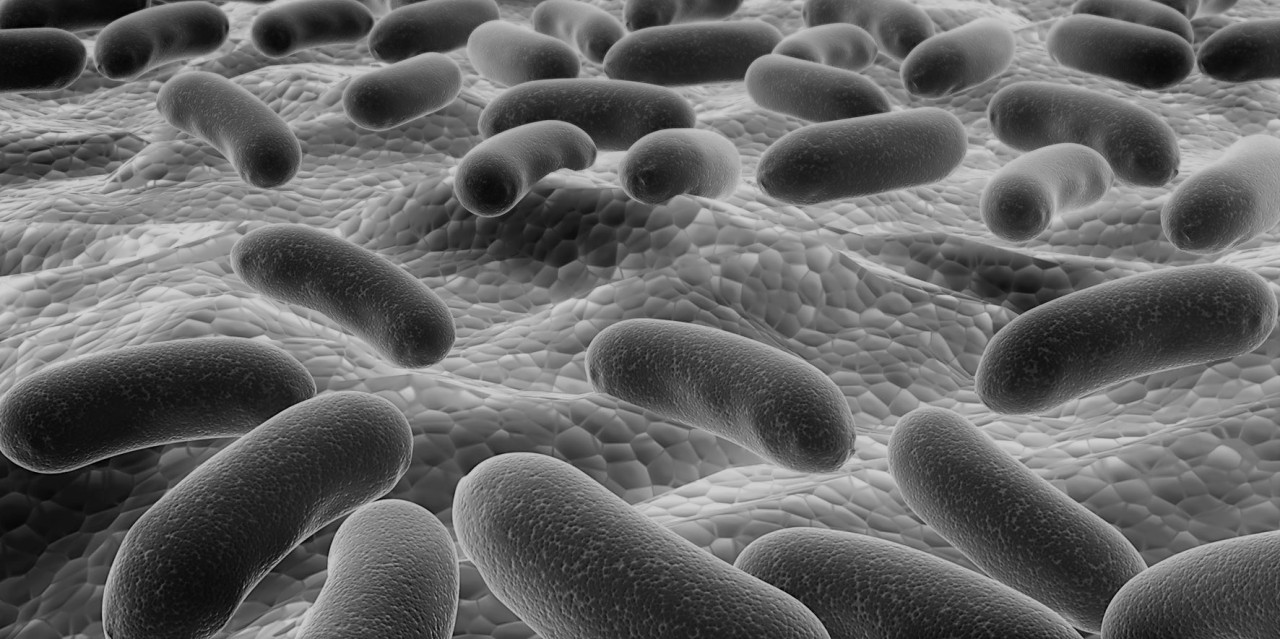
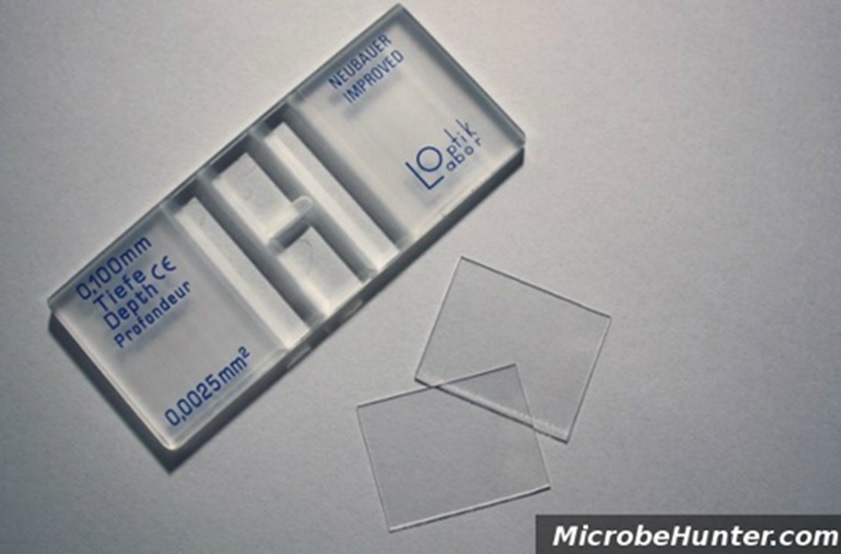
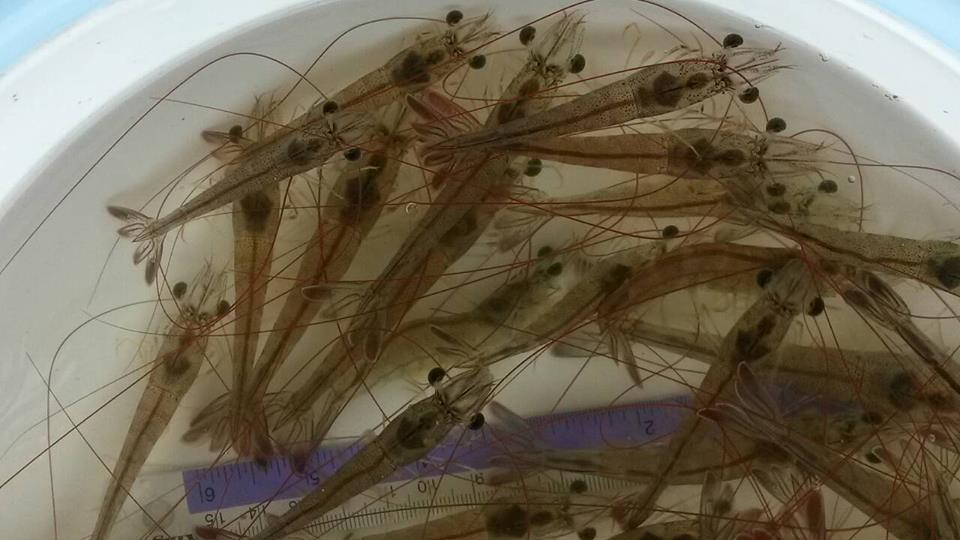
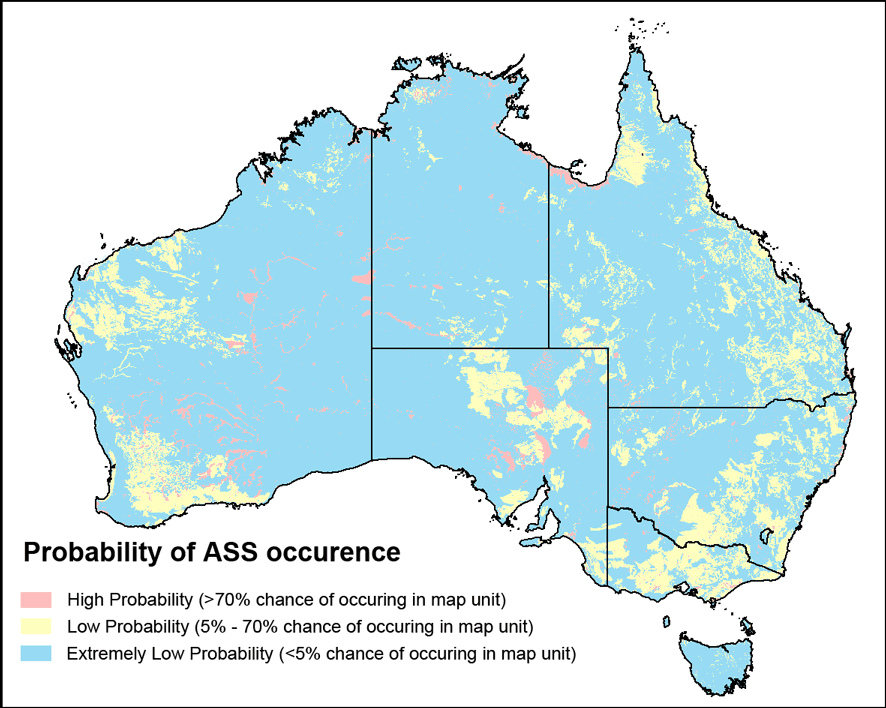
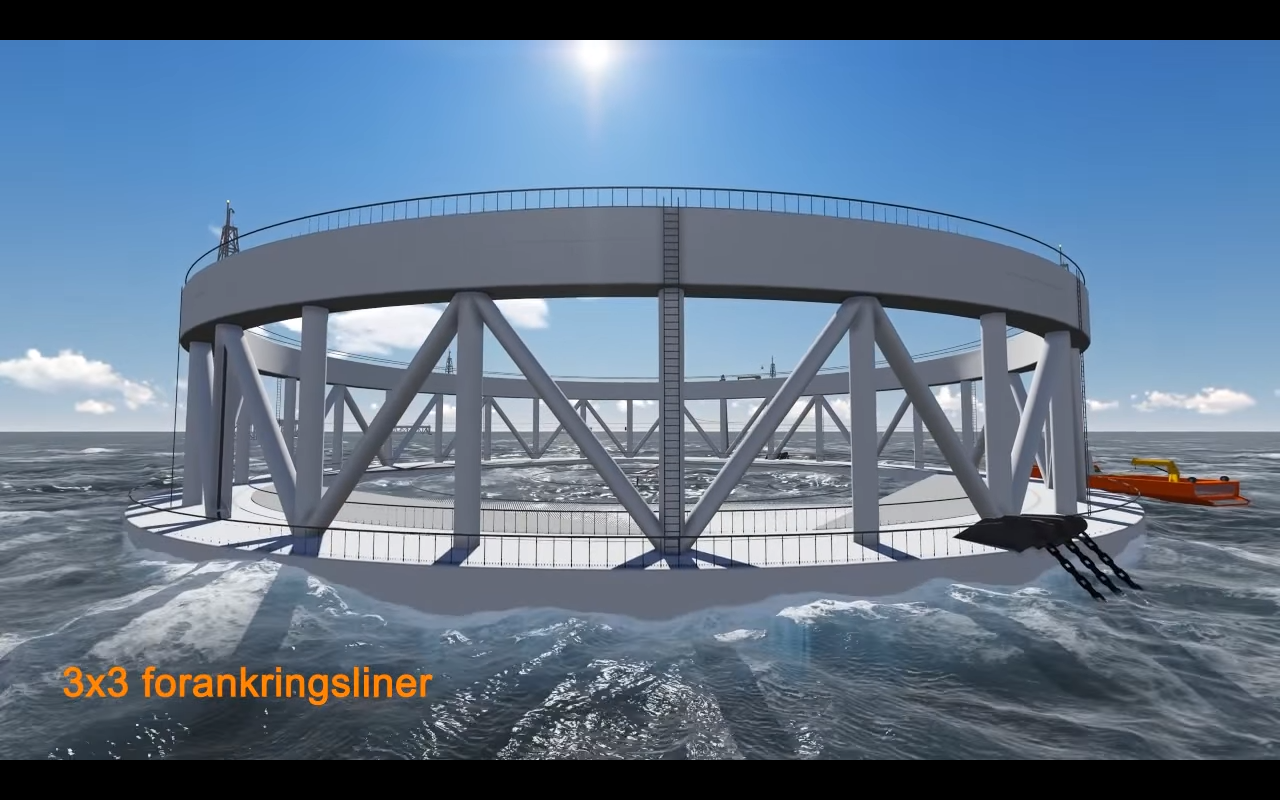

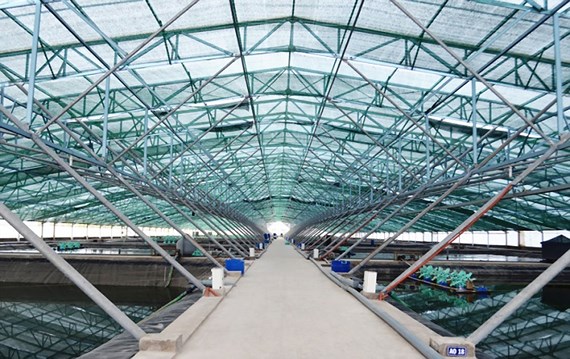

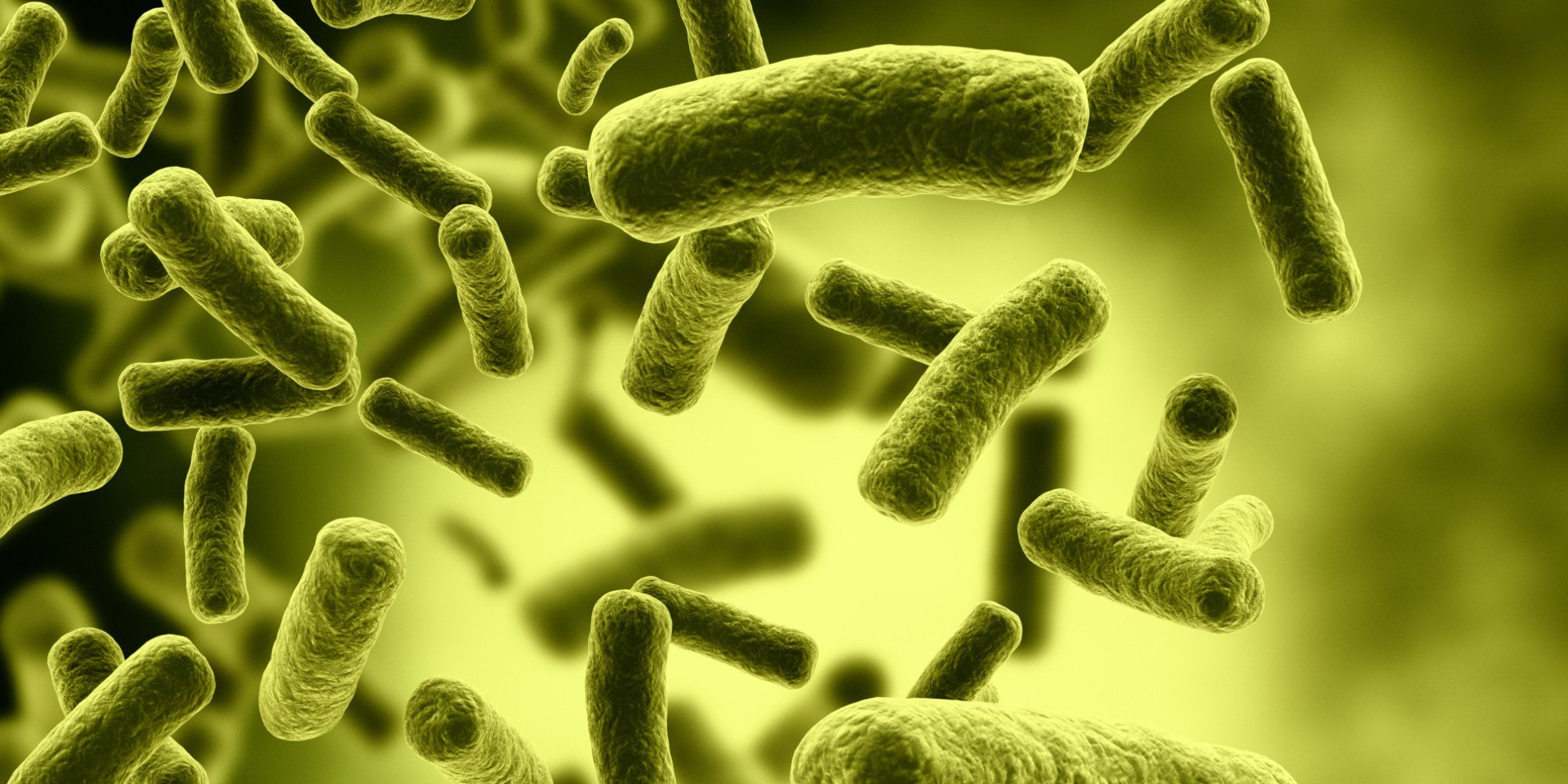
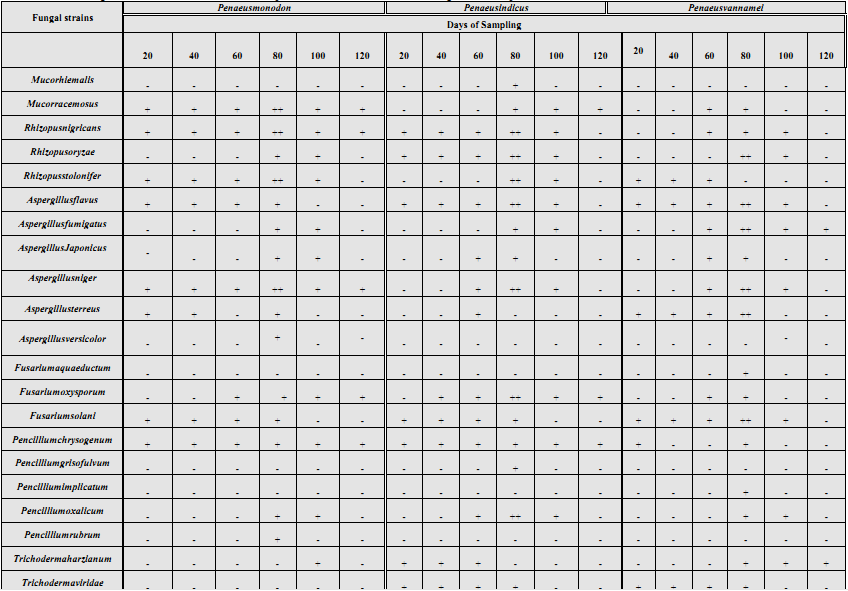
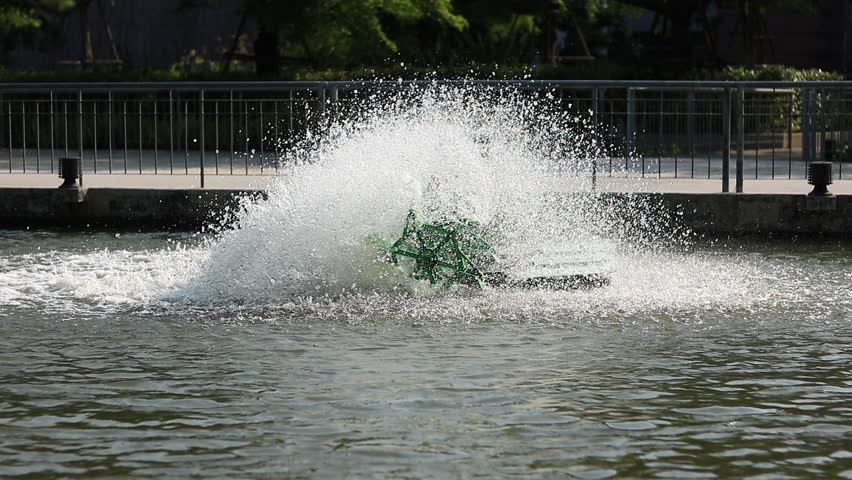
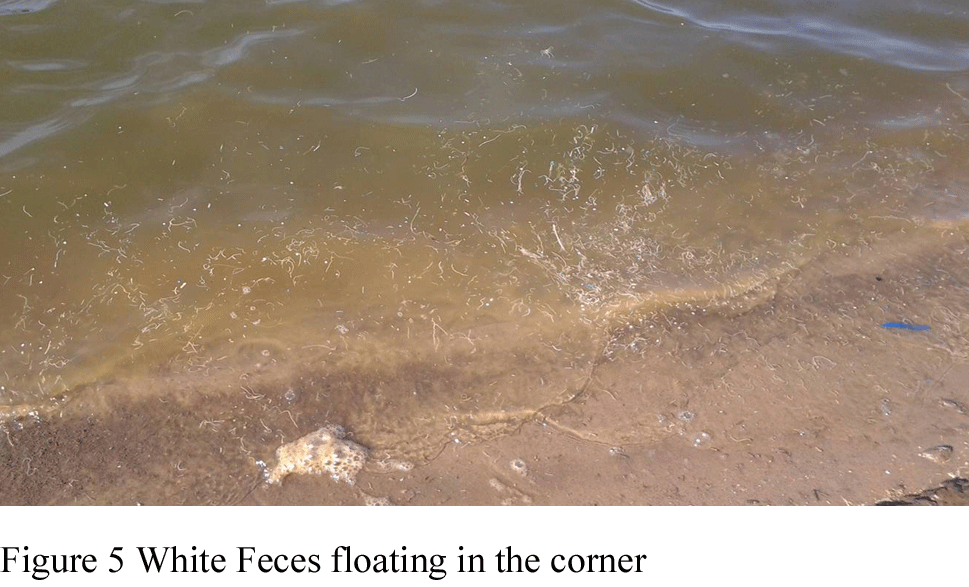
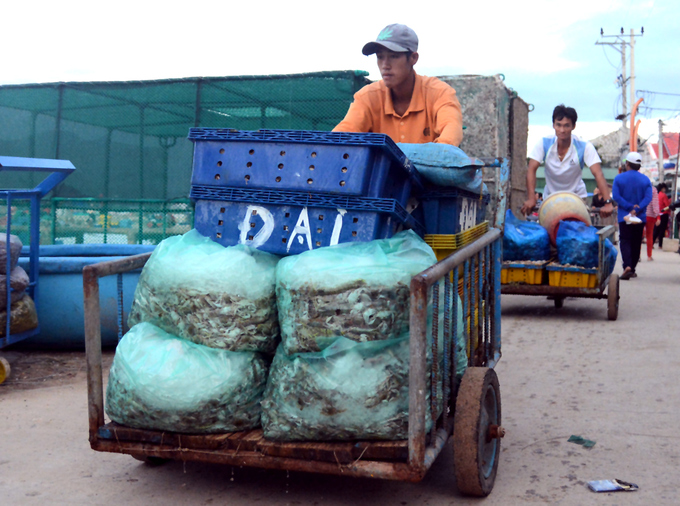

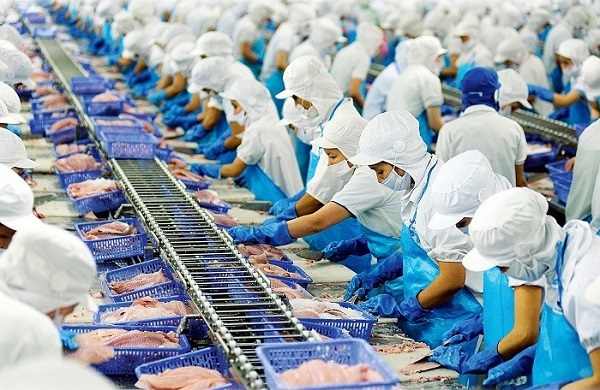
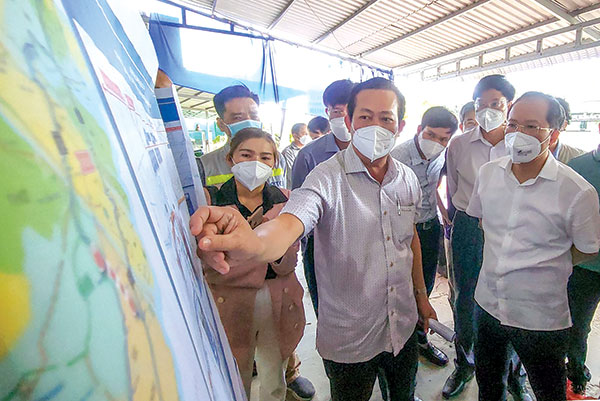
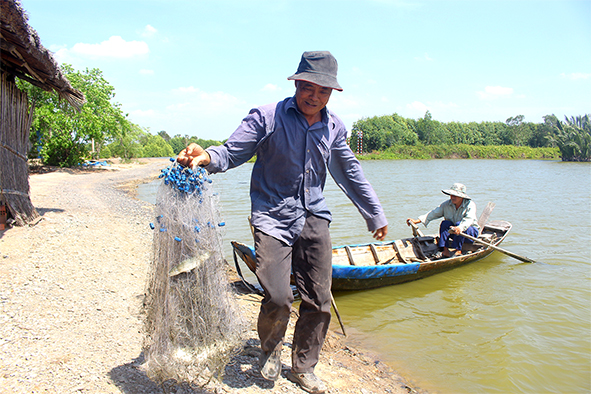
Bình luận bài viết